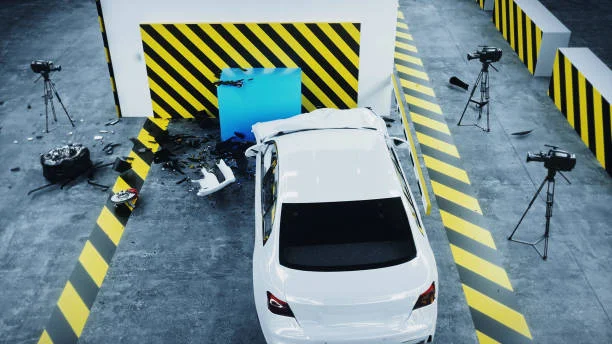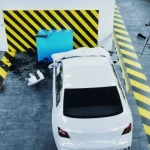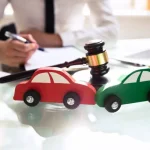The most obvious damage is when a vehicle comes into contact with another; you tend to see or worry about the visible damage. Scuffs, dings, and smashed lamps grab our attention. But underneath, structural problems may be slowly festering without anyone noticing. Of course, these issues must be pinpointed and resolved quickly to ensure safety and performance. Repair centres are essential in order to do this, as they use expertise and technology to ascertain if a vehicle is fit to be on the road.
Understanding Structural Damage
Structural damage usually affects the vehicle’s frame or undercarriage. These problems exist under the exterior scars and affect safety and handling. A vehicle must retain its structure to protect occupants in future incidents. Repair centres have to carefully investigate how bad the damage is before undertaking truck repair.
Initial Inspection Process
The assessment starts with a thorough visual inspection. Expert technicians from various specialists, such as Royans, seek out signs of misalignment, uneven gaps, or unusual wear patterns, which indicate issues with the frame underneath. While not immediately visible, a comprehensive inspection of the suspension, wheels, and doors can reveal some concerns. At this initial stage, technicians know which areas require further investigation.
Advanced Diagnostic Tools
Repair centres also use modern technology to detect any hidden structural damage. Technicians know with laser measuring systems and computerised alignment tools if anything is out of whack relative to factory specifications. These tools can help identify trouble spots. Comparing the actual condition to the original designs allows technicians to determine severity and devise repair plans.
The Role of Expertise
Though helpful in finding faults, nothing beats an experienced hand. Their expertise allows them to read the data and make decisions accordingly. Knowing how the materials and designs react to impact becomes essential. This information informs the repair process so that solutions are both effective and safe.
Structural Realignment and Repair
After damage is discovered, it is essential to realign and fix it. Repairers use special tools to return your frame to factory specifications. Using hydraulic machines and precision tools, controlled force is exerted to restore alignment. This step is crucial because it is essential in restoring the vehicle to its pre-collision condition.
Ensuring Safety and Compliance
Repair centres follow strict safety prerequisites. Adherence to industry regulations guarantees all repairs meet the requisite requirements. This includes thorough tests and checks. Technicians then check that the vehicle drives as intended and that all the safety features work correctly. Ongoing training helps technicians stay up-to-date on the latest techniques and standards.
The Importance of Communication
Repair centres and vehicle owners need to communicate clearly. Being transparent about structural damage and its extent instils trust. Owners need to understand the impact of repairs on safety and performance. Repair centres give our customers detailed reports and estimates to maintain transparency during the process.
The Cost Factor
Fixing structural damage is expensive. It’s partly due to the intricate nature of the work and specialised tools involved, among other expenses. However, proper investment in repairs may be required. This also compromises structural integrity over the long term and decreases the vehicle’s resale value. Insurance companies frequently partner with repair centres to control costs and completely pay for services provided to your vehicle.
Quality Assurance and Final Checks
A few final touches are carried out to ensure everything is up and running well before the vehicle is handed over to its rightful owner. Technicians test alignment and functionality, ensuring the vehicle conforms to safety standards. The owner gets peace of mind with a detailed work report.
Wrapping Up
Evaluating and assessing hidden structural vehicle damage is not only complex but essential. Repair centres facilitate this process using new equipment and trained professionals. This process requires a perfect combination of technical expertise to ensure the vehicle’s road safety. Repair centres take precautions by carrying out inspections and relaying information that helps control the risk and functionality of the vehicle. Not only do quality repairs help to protect the driver, but they also help retain the value of their vehicle.
Step further into discovery — explore more content on 2A Magazine that fuels curiosity.







